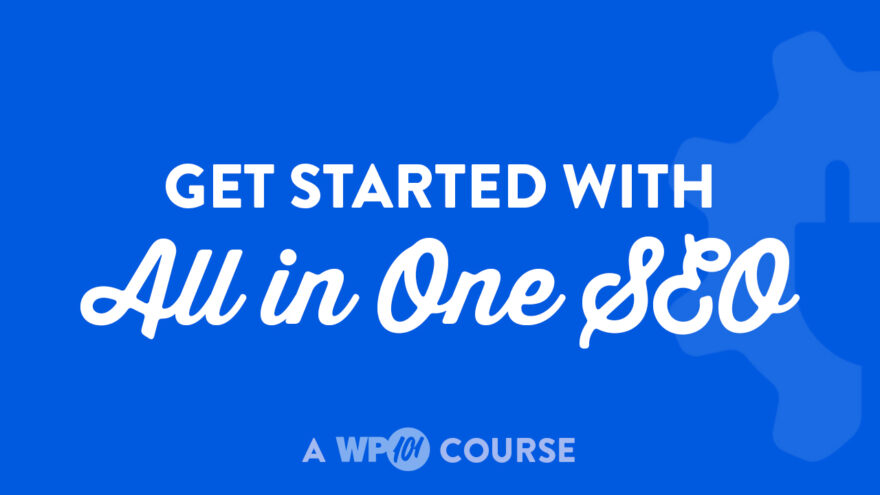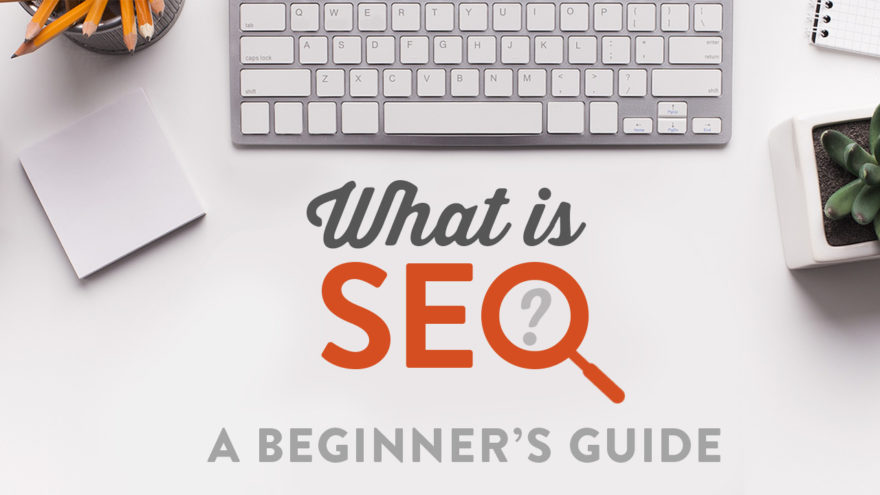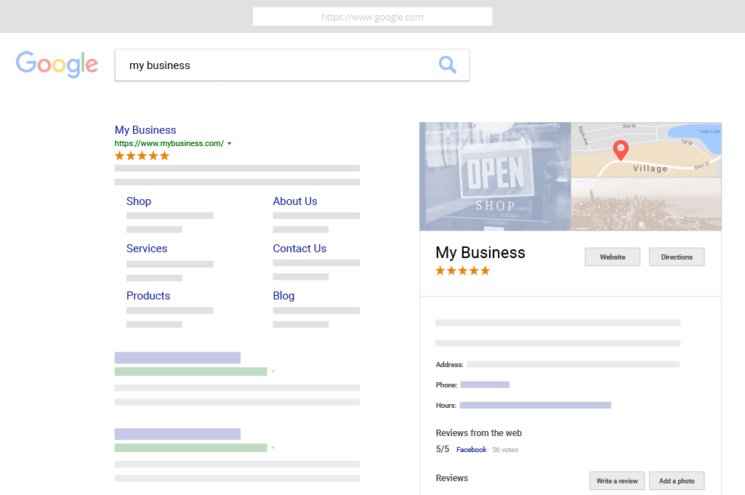Are you finding it hard to rank on search engines? Do you wish you could learn how to use the right SEO tool that will actually get results?
Learning to use a WordPress SEO tool, like All in One SEO (AIOSEO), doesn’t have to be hard or take months! Nor do you have to hire an SEO consultant to audit your site’s SEO, which a tool could easily do. We want to make SEO easy to learn, which is why…
We’re thrilled to announce that our latest AIOSEO 101 course is live!
This course will take you a little over an hour and teach you everything you need to know, from the basics to the most advanced SEO settings you need for your website with All in One SEO (AIOSEO).




